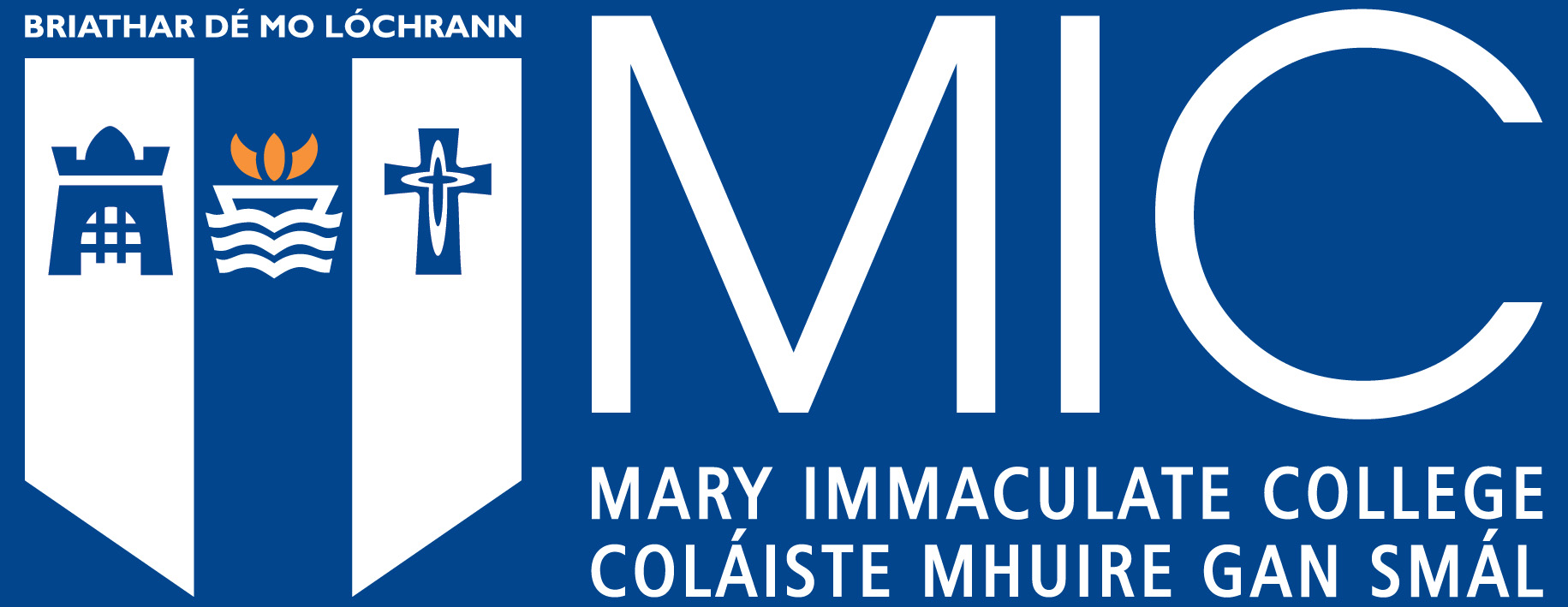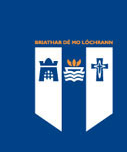Celts, Romans and the Coligny calendar
Citation
Swift, C. (2002) 'Celts, Romans and the Coligny calendar', in Carruthers, M., van Driel-Murray, C., Gardner, A., Lucas, J., Revell, L. & Swift, E. (eds), TRAC 2001: Proceedings of the Eleventh Annual Theoretical Roman Archaeology Conference, Glasgow, 2001, Oxford, Oxbow Books, 83-95, available: https://doi.org/10.16995/TRAC2001_83_95
Swift, C. (2002) 'Celts, Romans and the Coligny calendar', in Carruthers, M., van Driel-Murray, C., Gardner, A., Lucas, J., Revell, L. & Swift, E. (eds), TRAC 2001: Proceedings of the Eleventh Annual Theoretical Roman Archaeology Conference, Glasgow, 2001, Oxford, Oxbow Books, 83-95, available: https://doi.org/10.16995/TRAC2001_83_95
Abstract
It is hard for those who have them to admire the rapidly developing system of shortterm
academic contracts but one advantage for the scholar in such a situation is that
they can facilitate the development of a wider overview of a number of cognate fields.
Through an analysis of the dating and language of the Coligny calendar, I seek to
explore the theoretical question of the value or otherwise of using sources which are
both chronologically and geographically Lmrelated. This is a practice which, while not
unknown in Roman archaeology, has been endemic in Celtic studies. It is an approach
for which Celtic archaeology has been criticised by many - people do, after all,
occasionally feast, boast, drink, fight and chop off heads without necessarily being
ethnically or even culturally related.
This fundamental reality, allied perhaps to the almost complete omission of the word
'Celt' from Barry Cunliffe's formative text-book on the insular iron age (1974), has led to
the situation that, in the early years of the third millennium, a climate of opinion which
is antagonistic to the notion of a pan-European Celtic culture appears dominant in British
and Irish archaeology. With increasing vehemence, scholars such as Timothy Champion
(1982, 1996), Malcolm Chapman (1992), John Waddell (1991, 1995), John Collis (1996),
Simon James (1999) and Barra 6 Dormabhain (2000) have argued that the concept of
'Celticity' is one formed in academic circles from the eighteenth century on; that there is
nO evidence for a 'Celtic' invasion of Britain or Ireland from the Continent and that
continuity from the late Bronze Age, rather than innovation introduced from abroad is
the distinguishing feature of insular Iron Age cultures.
It is noteworthy that these criticisms are all directed towards the inappropriateness
of the Celtic model in relation to the Iron age. This ignores the basic fact that the main
rationale for the model, the evidence of language, belongs to the period of the Roman
empire and to the early medieval literatures of Ireland and Wales. The Coligny calendar
demonstrates the existence of closely related words in Gaul during the period of Roman
occupation and in Ireland in the eighth century AD. This poses fundamental questions
of in terpretation for those who seek to understand the relationships between the
countries of north-western Europe in the first millennium after Christ.
Keywords
CeltsRomans
Coligny Calendar


